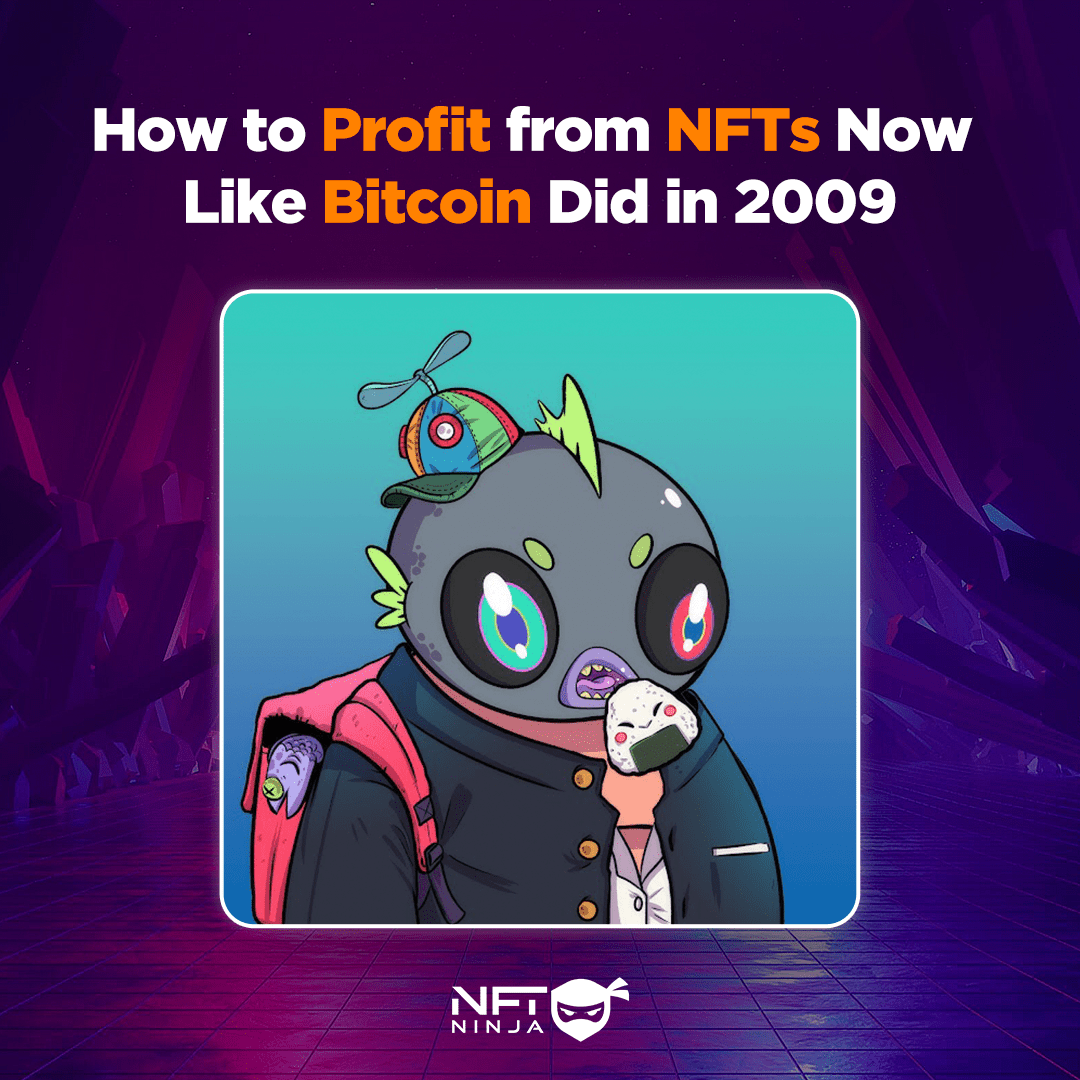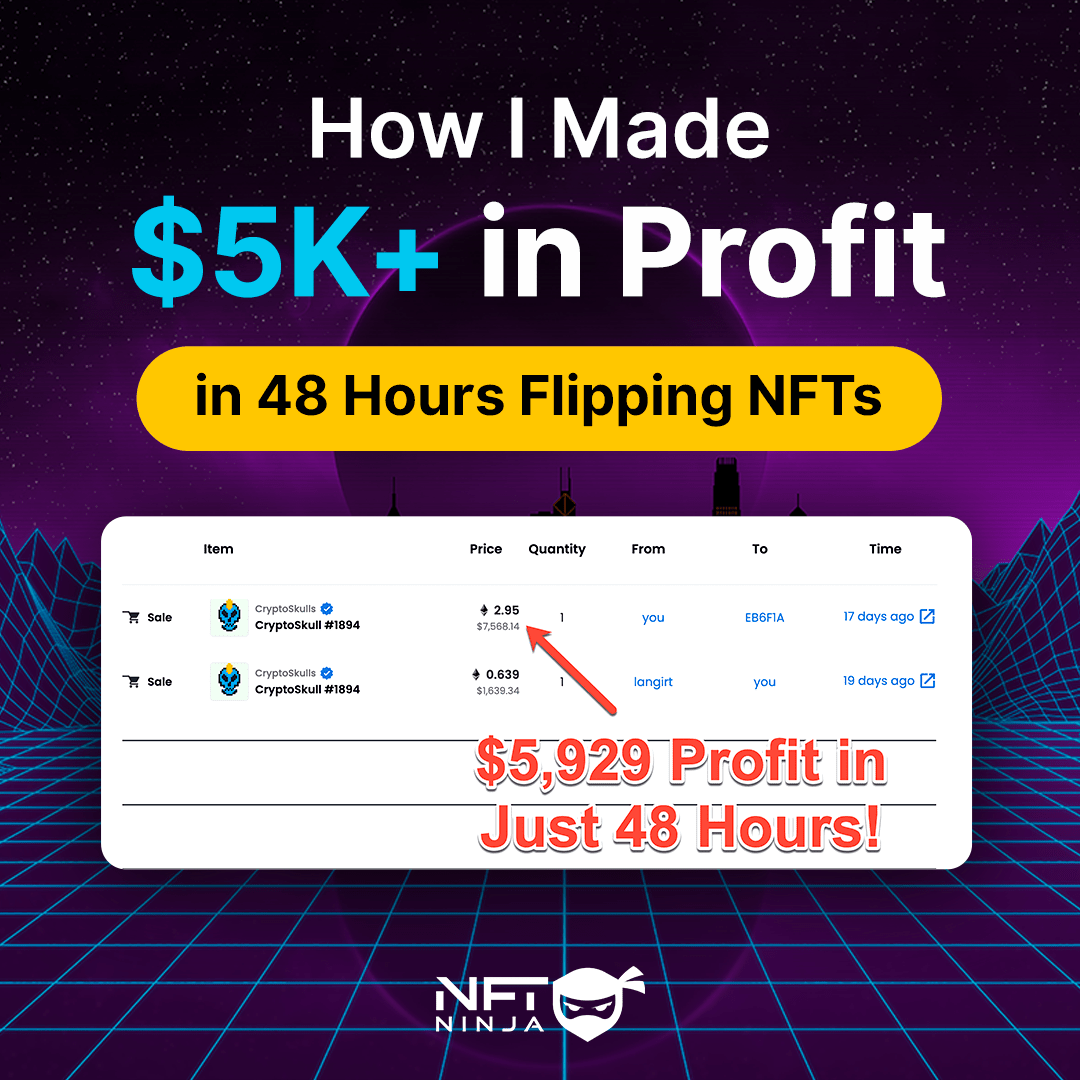In a groundbreaking maneuver that could redefine the luxury (& crypto) fashion sector, Tapestry, the renowned fashion powerhouse hailing from New York, has unveiled plans to acquire Capri Holdings. Capri Holdings is the formidable parent company of iconic brands like Versace, Jimmy Choo, and Michael Kors. With a staggering transaction value of approximately $8.5 billion, this deal not only highlights the trend of brand consolidation within the luxury fashion arena but also signals a formidable attempt by an American entity to challenge the longstanding supremacy of dominant European fashion conglomerates, notably LVMH and Kering.
TL;DR
- Tapestry acquires Capri Holdings, parent of Versace and Michael Kors, for $8.5 billion, challenging European luxury giants.
- Luxury brands diverge on blockchain integration: European brands embrace it, while American brands tread cautiously.
- Tapestry’s merger decision holds the key to shaping the future trajectory of American luxury fashion and its tech integration.
The Future Of Crypto Fashion Is Now Set In Play By Tapestry
While the merger reverberates within the industry, its implications extend into the realm of blockchain technology. The fusion of luxury and blockchain is a crossroads that major brands have traversed, with diverging outcomes. European-owned luxury brands exhibit an enthusiastic embrace of blockchain. They weave it into their product lines through ventures. For example, Gucci’s collaboration with Otherside for limited-edition jewelry lines and Louis Vuitton’s creation of custom trunks linked to rare NFTs.
Conversely, American luxury brands like Coach, Kate Spade, and Michael Kors demonstrate caution. These brands occasionally participate in lower-impact Web3 events. All the while, the American brands keep their core product lines relatively insulated from blockchain experiments. Factors like regulatory environments and corporate leadership stance contribute to this disparity. In Europe, the regulatory landscape is more conducive to crypto-affiliated products. On the other hand, the endorsement of blockchain and emerging technologies by leaders like LVMH’s Bernard Arnault and Kering’s François-Henri Pinault sets a proactive tone.
The Aftermath Of The Merger
The consolidation of the once-disparate American luxury landscape through the Tapestry-Capri merger highlights the significance of technology integration approaches.
This factor emerges as a defining attribute in shaping the industry’s future direction. Tapestry’s choice between mirroring LVMH and Kering by aligning technology with brand identity or charting a divergent course may fuel the evolving ethos gap between American and European luxury brands.
This strategic crossroads presents a pivotal moment for Tapestry. The ramifications echo through the future trajectory of American and European luxury. This historic merger makes the conglomerate’s decision a beacon that could shape the industry for decades to come.
All investment/financial opinions expressed by NFTevening.com are not recommendations.
This article is educational material.
As always, make your own research prior to making any kind of investment.


















